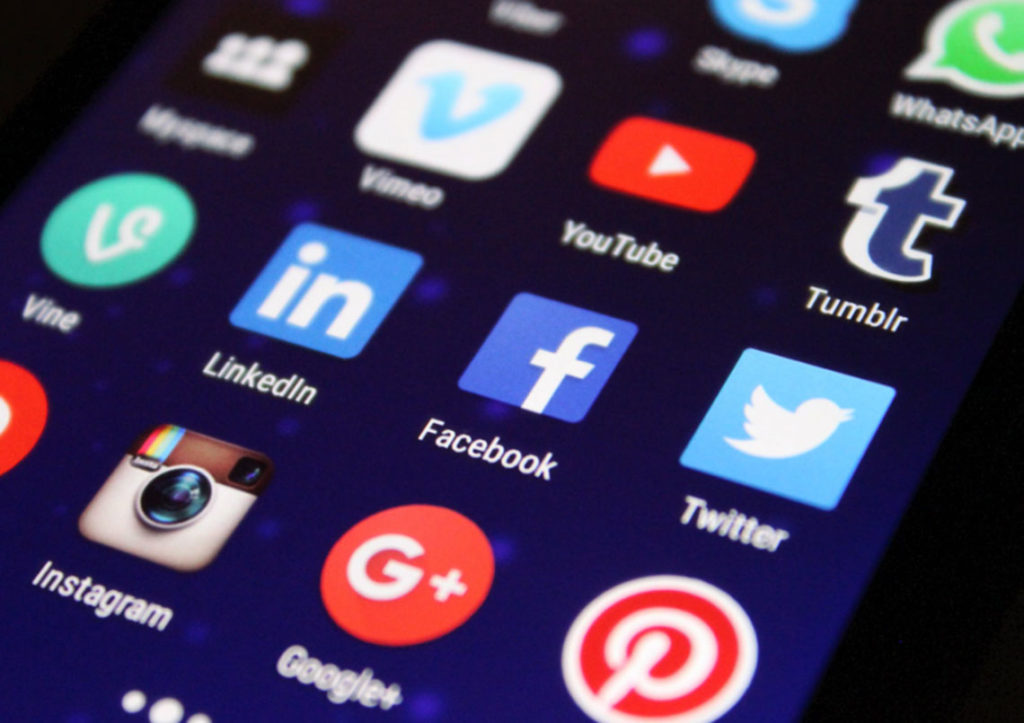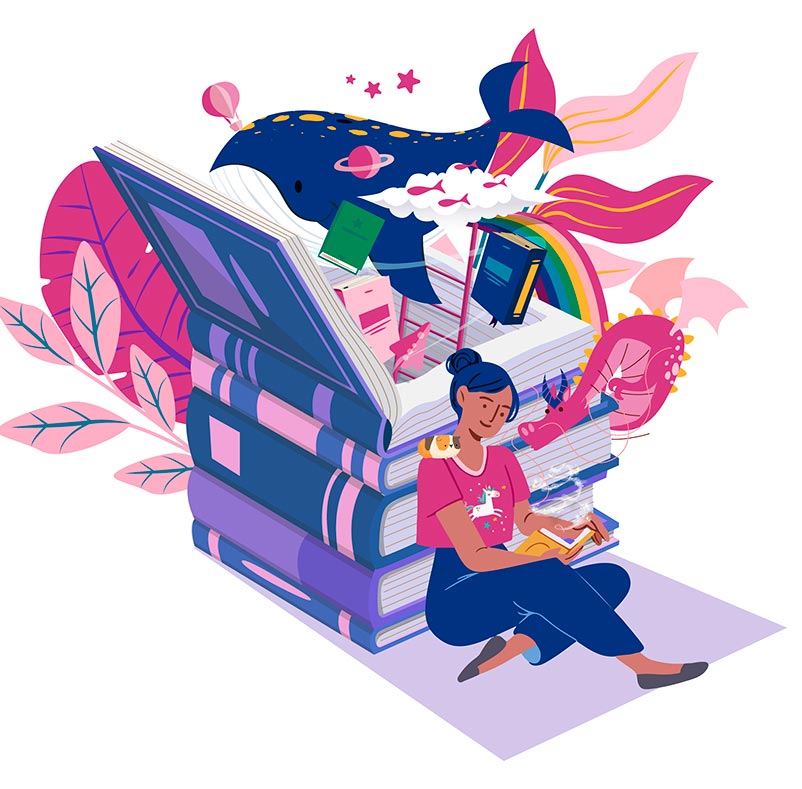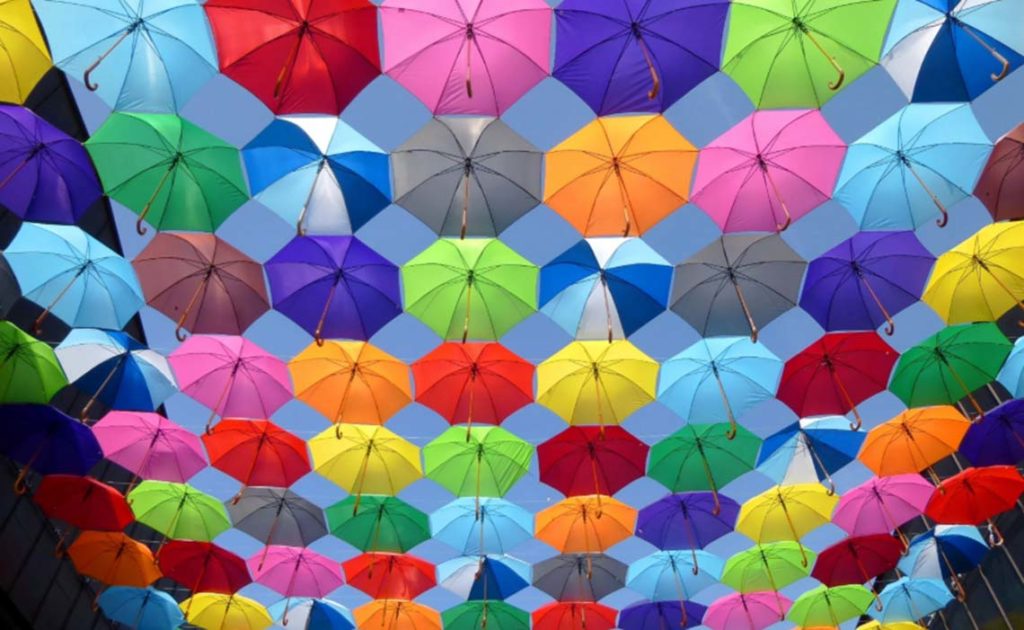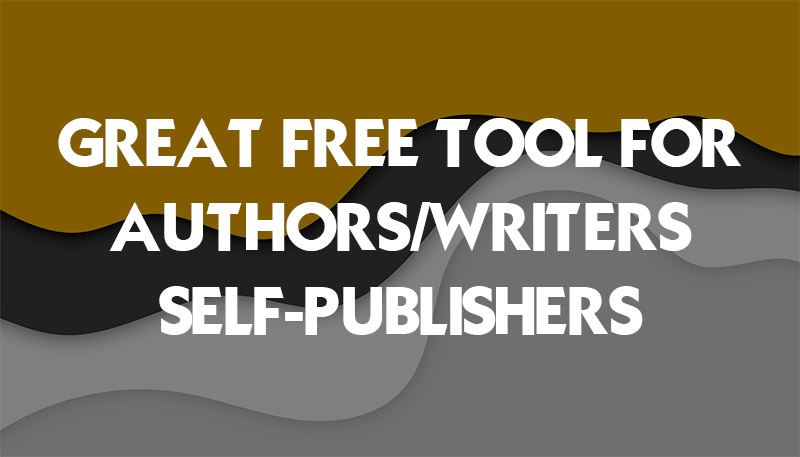By clearly knowing your target audience, you reach your readers more efficiently and save your resources in terms of time and money.
Success and book sales usually do not come by themselves but require activity and planning. The most important thing, though, is getting the right person to find, read, and love your book. Then have them talk about your book with others to spread interest.
It may sound cumbersome and tedious to talk about your target group when talking about something as beautiful as an excellent book, but if you want to do it right then, it is imperative.
Not sure which target group is right for you?
WE HAVE COMPILED 3 IMPORTANT QUESTIONS TO HELP YOU ALONG THE WAY.
What does a target audience mean, and why is it so important?
Your target audience is a defined group of people that you want to reach through your marketing. The target group may have one or more common demographic characteristics, the same psychographic characteristics, similar lifestyle or life situation, etc.
Some factors that matter are: gender, age, family type, income, occupation, personality, reader’s perception of equal values , etc. Analyze who can Be interested in the content and topic of your book.
What interests do they have? What do they do when they are not reading?
It becomes more effective if you target the right target group and require fewer resources in terms of both time and money. You reach more potential readers with less effort.
Based on your target audience, you choose channels, communication, and style in your ad campaign.
Now that you know who your target audience is, what channels should you use for your communication?
Where does your target group hang out? Are they active in social media such as Facebook, Instagram, Twitter, LinkedIn, YouTube, blogs, web pages, or maybe more in printed journals, events, events, organizations, courses, libraries, clubs, and associations?
Do they use to buy books online or rather directly in the bookstore? Do they perhaps have direct contact with various associations and institutions? It is crucial to analyze how to reach them.
If you have published a book on special diets and vegan food, your potential readers may be interested in animal rights, healthy lifestyles, yoga, the environment, and nature conservation. Remember, though: If you use too many different channels, you will reach many, but you may also miss your potential readers.

How should you communicate with your potential readers to arouse their interest?
You should find out where they get their information so that you know how to plan your communications, ads, and possible campaigns. How do you think your target group appealed, and who do they trust? Do you want to be a funny and naughty children’s book writer or a serious and professional book writer?
Customize your communication, your way of writing, and expressing to arouse interest and build conviction and confidence. If you target young people, they may find it more fun and exciting if you connect the communication with them by using “their” language, choice of words, tone of voice, or a “younger” communication style with more modern terms.
Selling personal brand is essential, but it is vital not just to focus on oneself. The risk is that the reader may find it uninteresting, “advertising,” and without credibility. Try to be as clear, simple, and concrete in your content as possible. It makes it easy for the recipient to access the information.
Planning your communication also allows you to decide which image you want to give to your target audience. It is vital to building your author’s name as a brand.
Content marketing is about creating and reaching out with as relevant and valuable content as possible. Content that benefits a specific group of people. If you succeed in this, it will simultaneously strengthen your brand and build a relationship with the readers. Well spent work in other words!
Melissa Mayer










